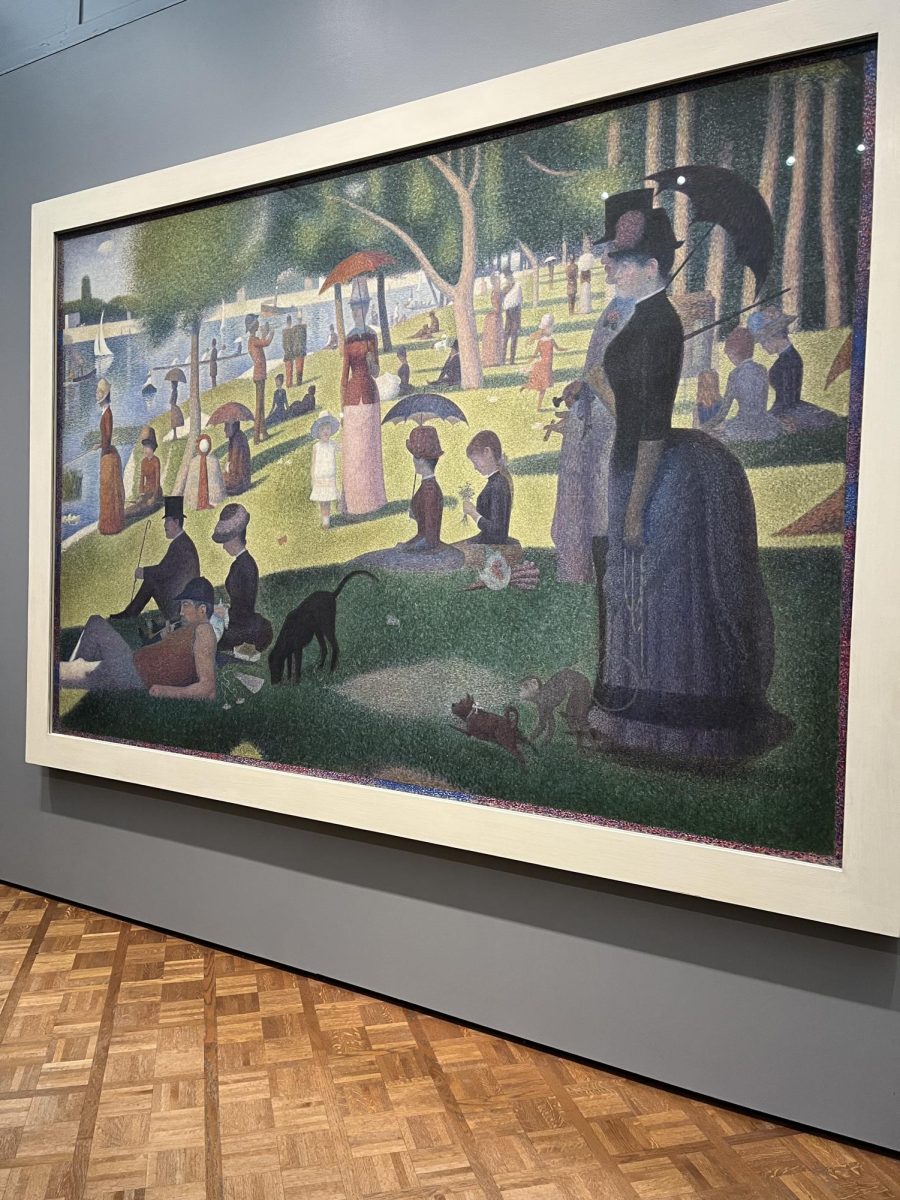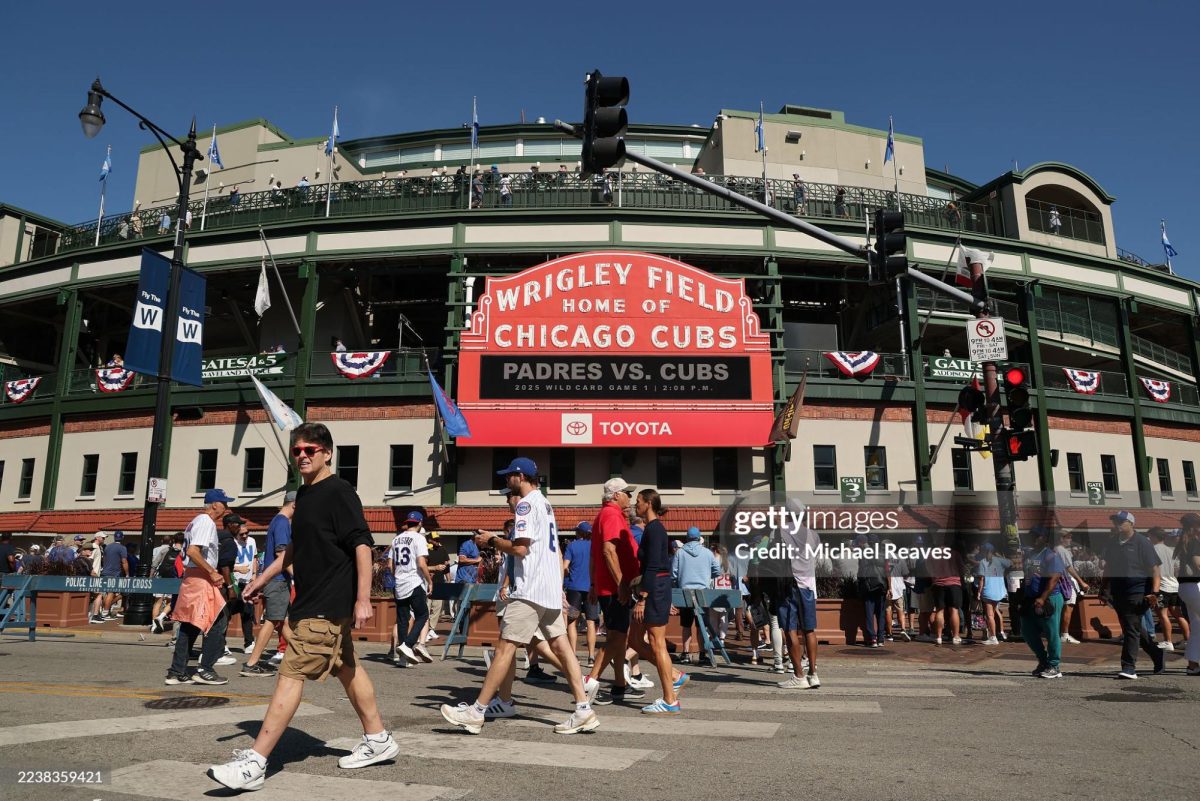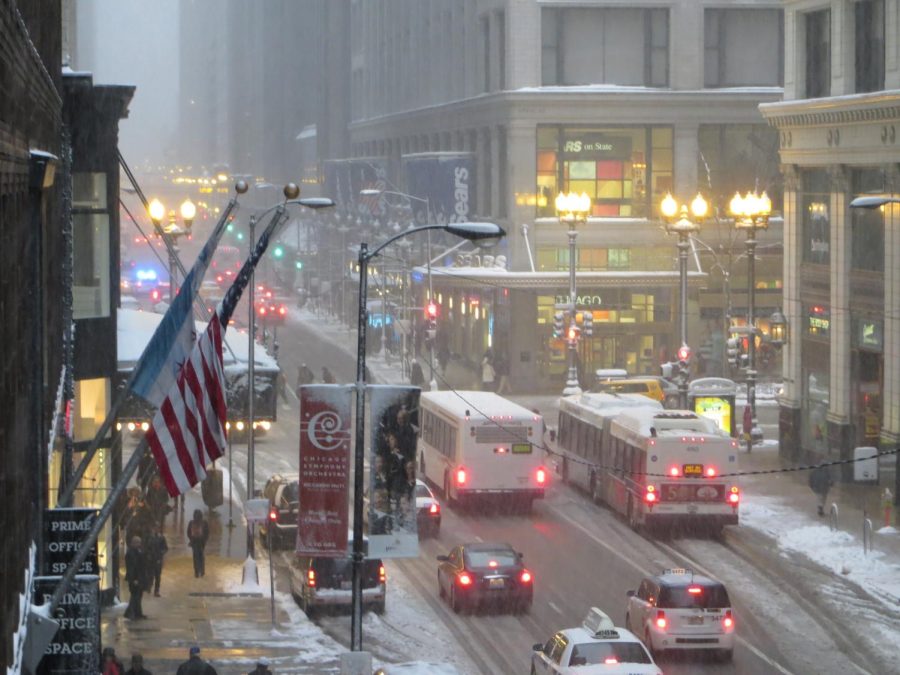SAD: More than just an emotion
Chicagoans endure more than 250 sunless days each year.
March 21, 2023
Although we’re approaching the end of winter, early spring in Illinois goes hand in hand with frigid temperatures and a lack of greenery, sometimes even up until late April. The colorless season may cause frustration for some and foster full-blown anxiety for others. Characterized as a type of depression, Seasonal Affective Disorder (SAD) is a mood disorder that comes into effect when the seasons change. The most common form of SAD is the transition from fall into winter, also known as winter depression.
Similar to symptoms of depression, SAD consists of persistently feeling down, tired, and fatigued in certain seasons alongside difficulty concentrating, weight gain/loss, and loss of interest in activities you normally enjoy. Seasonal affective disorder is not just preferring one season over the other; it’s the complete change in mood and mentality because of the time of year.
According to the AAFP, the American Academy of Family Physicians, 4-6% of people have SAD, while an additional 10-20% may have mild seasonal depression. Furthermore, studies conducted by the National Library of Medicine disclose that between 1.7% – 5.5% of adolescents display symptoms of seasonal affective disorder.
At SHS, the last months of the school year can be hard enough. With heavy coursework and imminent AP tests, PSATs, and SATs, academic stress on top of mental health may seem impossible. So how can SAD be treated, especially during second semester?
Fortunately, SAD has a predictable pattern to it, which can provide treatment professionally and at home. The most recommended solution to seasonal affective disorder is possible at home: light therapy. Light therapy, also referred to as phototherapy, essentially mimics outdoor light and sunlight. Stimulating the part of the retina, the sun’s entrance into the eyes cues the brain’s production of serotonin, the happy hormone; this is what light therapy aims to imitate. Light boxes increase serotonin levels from just sitting near them, and doctors recommend utilizing them within the first hour of waking up. However, some people prefer sunset lamps which have been proven effective for people suffering from SAD. The trendy product imitates sunrise and sunset at the desired time of day and duration of the customer.
If that doesn’t pique your interest, other options are available too! Many people have reported improvement simply by going outdoors and exercising more often as it releases helpful neurotransmitters, which enhance self esteem and cognitive function. Talk therapy additionally facilitates with the struggle of regulating moods and emotions. But fighting seasonal depression can begin with an easy plan of leaving the house and socializing, especially now that the winter weather is starting to release its grip on us. So go outside, get some sunlight and enough rest, and you’re on the right track!
























